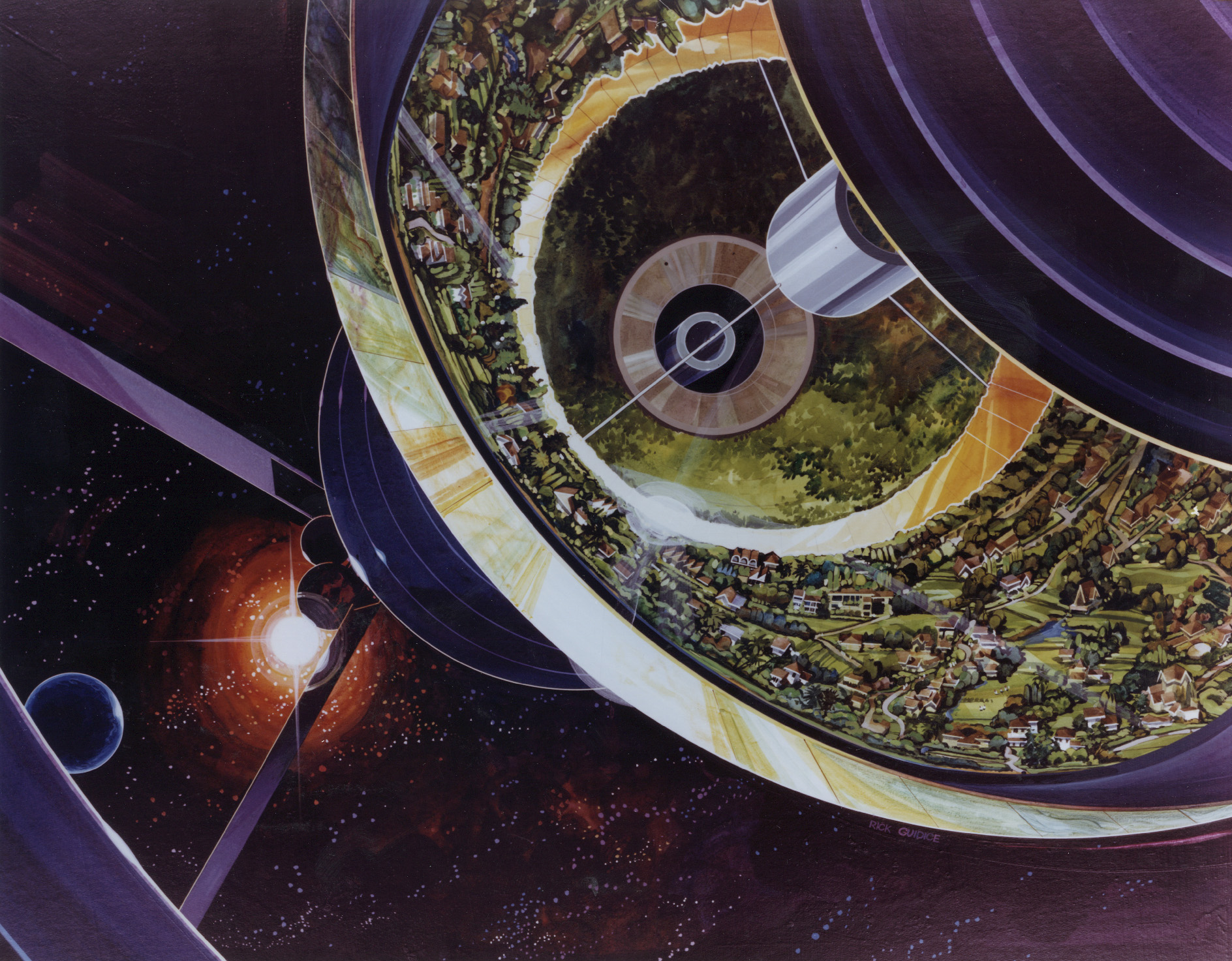
This year’s NASA Innovative Advance Concepts (NIAC) award winners presented their ideas in a virtual poster session last week. Zachary Manchester of Carnegie Mellon University and Jeffrey Lipton at the University of Washington have come up with a rotating habitat to produce artificial gravity. But to do this without causing severe disorientation that would result from a short radius habitat, their novel facility is one kilometer long spinning to produce 1G at both ends. Manchester and Lipton’s innovation is a deployment mechanism that leverages advances in “mechanical metamaterials” to reduce mass while increasing expansion ratios such that the structure can be squeezed into a single Falcon Heavy payload envelope but when deployed, expands to 150 times its stored configuration size. The structure can be erected autonomously and without any assembly in space.
The key enabling technologies are a combination of “handed shearing auxetics” (HSA) and branched scissor mechanisms. HSA is described in a 2018 paper in Science by Lipton and other researchers where they “…produce both compliant structures that expand while twisting and deployable structures that can rigidly lock.”
“The station can…be spun at 1-2 RPM to generate 1g artificial gravity at its ends while still maintaining a microgravity environment at its center near the spin axis, providing the crew with the flexibility of living in a 1g environment while performing some work in microgravity.”
All the NIAC Fellow poster presentations can be found at the 2021 NIAC Symposium Virtual Event website.
